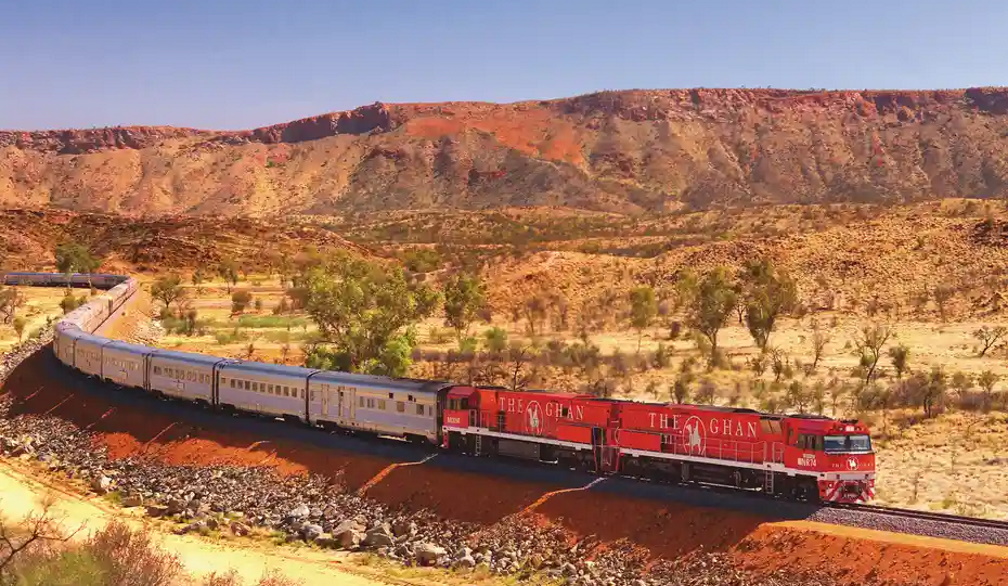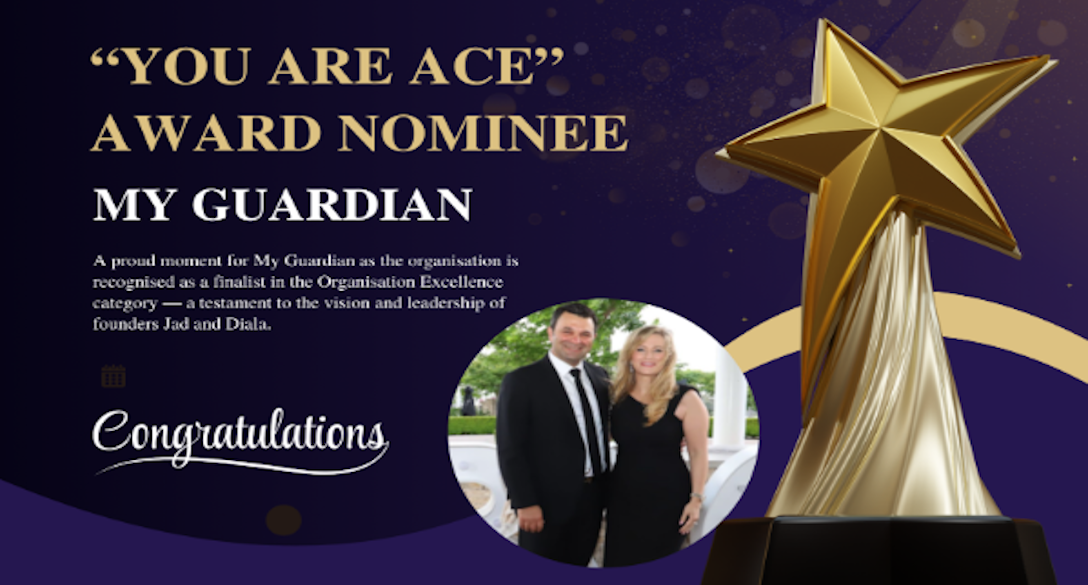Australian media’s Instagram posts on Gaza war have an anti-Palestine bias. That has real-world consequences
- Written by Susan Carland, Discovery Early Career Researcher Award (DECRA) fellow, Monash University
It’s well documented that news media influences our behaviour in all manner of ways, from how much meat we buy[1] to our attitudes towards exercise[2].
Journalism does not merely hold a mirror up to reality, as some have argued[3]. It creates versions of reality. With every decision of which story to include and exclude, which image to show or not show, even which grammatical choice is made, our impressions are sculpted. This is especially the case with the Israel-Gaza war.
Research has shown, for example, that exposure to news media can induce Islamophobia[4]. There’s also evidence of historical news media bias against Palestinians[5] and Muslims[6].
As the leading organisation tracking and tackling Islamophobia in Australia through its digital reporting platform, the Islamophobia Register Australia commissioned this research to assess whether there was media imbalance in the present-day coverage of the Israel-Gaza war. Our analysis[7] found a pro-Israel bias across the surveyed outlets.
Read more: How Islamophobia and anti-Palestinian racism are manufactured through disinformation[8]
A flammable media environment
The impact news media can have on our attitudes became especially pertinent when the Israel–Gaza war began on October 7 2023, and with it, sustained media coverage. From that date, reports of antisemitism in Australia increased 738%[9] and Islamophobia increased 1,300%[10].
Australians brought their concerns to the Islamophobia Register Australia as anti-Palestinian racism is a specific and documented[11] form of Islamophobia.
Our analysis was a focused, introductory study with the aim of looking for disparities in reporting on the Israel-Gaza war on the Instagram accounts of six of Australia’s most followed news outlets: ABC News, The Daily Aus, The Australian, News.com.au, 9News and The Daily Telegraph. We looked at their posts on the topic between October 7 and November 7 2023. We chose Instagram as the field of analysis, as the latest global research[12] found social media is the main way people of all ages come across news online.
These outlets span commercial and publicly owned, legacy media and new media, digital-only and print-based, and national and state-based media. Outlets also needed to have more than 100,000 followers on their verified Instagram account. The amount of posts assessed varied depending on how many each outlet had posted. News.com.au had only four posts in the time period, while ABC News had published 63.
This is not a definitive analysis of potential bias in the Australian media. It’s scope is small and doesn’t account for the outlets’ reporting on the Israel-Gaza war more broadly. This report is, however, an initial look that highlights some common areas of imbalance or inequality in the current approach.
Read more: Israel now ranks among the world’s leading jailers of journalists. We don't know why they're behind bars[13]
Humanising the victims of war
We focused on language because it’s part of the “covert operations of war[14]”. While we assessed all posts about the conflict during the time period (not just posts with an explicit human angle), we measured them on how humanising they were because of the known impact it has[15] on the way audiences interpret conflict.
One specific tool we developed to assess the treatment of people in coverage was what we called the “humanising test”. To meet a minimum standard of humanising coverage, news outlets’ Instagram posts needed to include at least two of the three following criteria in their mentions of Israelis and Palestinians:
This test appears easy to pass. Outlets only needed a single post that met the criteria to be successful. However, only one of the six accounts passed the test for Palestinians, while five of the six passed for Israelis.
Five of the six news media accounts did not include a single post that passed the humanising test about Palestinians. ABC News was the only account to provide any posts about Palestinians that passed. The Australian had ten posts about Israelis that passed the humanising test, and not one post that passed the test for Palestinians.
The power of grammar
We also investigated the use of “voice”, specifically the active, passive and middle voice.
While the distinction between active and passive voice may seem like something only your high school English teacher cares about, it matters a lot more than just clarifying prose. It highlights who an actor is in a sentence, which really matters in discussions about war.
Even more important is the less-discussed “middle voice”. The middle voice exists beyond the active and passive voice, and when used in a sentence, removes any possibility of an actor causing an event.
In an example from our study, a post by The Daily Telegraph is captioned “bombs are falling less than 100m from where [the family] are sheltering” on the Gaza strip.
Note the word “fall” used when discussing the “bombs falling” on the family. Using the word “fall” with “bomb” as opposed, for example, to “dropped”, signifies to the audience that there was no external agent involved in the bombing. If the word “dropped” had been used, even if using the passive voice without naming the Israeli army, there remains an understanding that somebody dropped the bombs, even if they are unnamed.
But this use of the middle voice by saying the bombs “fall” implies that the bombs fell spontaneously from the sky without human intervention, as if it were a natural phenomenon. There is no attribution as to where the bombs came from, nor who is responsible for their presence. Thus, even the suggestion of Israel as the agent of the bombs is erased in the mind of the audience.
The middle voice was never used for any posts about attacks on Israel, but was used by five of six accounts when reporting on attacks on Gaza.
Five (ABC News, 9News, The Australian, The Daily Telegraph and News.com.au) of six accounts showed bias against Palestinians in their use of the active, middle and passive voices. Meanwhile, all five accounts were more likely to use the active voice when discussing attacks against Israel. Overall, the passive voice was used more often to describe what was happening in Gaza than in Israel.
Why does all this matter?
So what? you may think. But this is important, because these grammatical choices shepherd the audience – you and I – into a way of understanding the parties in the Israel-Gaza war.
Grammatical choices are more subtle than blatantly calling one side “the victim” or “human”, and the other side “the aggressor” and “inhuman”. Such framing therefore slips past the audience unnoticed, but creates a reflexive perception that lingers in the audience’s mind.
Subsequent analysis internationally has found Australian news media is not alone in its biased treatment against Palestinians. Analysis of the media in Canada[16] and the United States[17] found the same imbalance in language we identified.
Read more: War in Gaza: An ethicist explains why you shouldn't turn to social media for information about the conflict or to do something about it[18]
The discrepancies and dehumanisation we and others have found are not merely semantic squabbles. Five of the six outlets we studied (all bar The Daily Aus) were unbalanced against Palestinians in their Instagram posts in at least one of the three categories we assessed (along with humanisation and grammar, we also looked at descriptive language[19]).
The media’s reporting on the Israel-Gaza war matters because it shapes the way the audience views the people involved in the war. These perceptions are fostered online and can translate into the way Australians view and treat each other in real life.
Palestinian war victims are being systematically dehumanised by large and influential parts of the media to their substantial audiences. When the media is the primary prism through which people understand the war, it must be held to high standards, and to account.
References
- ^ meat we buy (onlinelibrary.wiley.com)
- ^ exercise (academic.oup.com)
- ^ have argued (books.google.com.au)
- ^ Islamophobia (journals.plos.org)
- ^ Palestinians (journals.sagepub.com)
- ^ Muslims (www.tandfonline.com)
- ^ Our analysis (islamophobia.com.au)
- ^ How Islamophobia and anti-Palestinian racism are manufactured through disinformation (theconversation.com)
- ^ increased 738% (www.news.com.au)
- ^ increased 1,300% (islamophobia.com.au)
- ^ specific and documented (onlinelibrary.wiley.com)
- ^ latest global research (papers.ssrn.com)
- ^ Israel now ranks among the world’s leading jailers of journalists. We don't know why they're behind bars (theconversation.com)
- ^ covert operations of war (ojs.aut.ac.nz)
- ^ known impact it has (doi.org)
- ^ Canada (breachmedia.ca)
- ^ United States (theintercept.com)
- ^ War in Gaza: An ethicist explains why you shouldn't turn to social media for information about the conflict or to do something about it (theconversation.com)
- ^ descriptive language (islamophobia.com.au)
Authors: Susan Carland, Discovery Early Career Researcher Award (DECRA) fellow, Monash University










